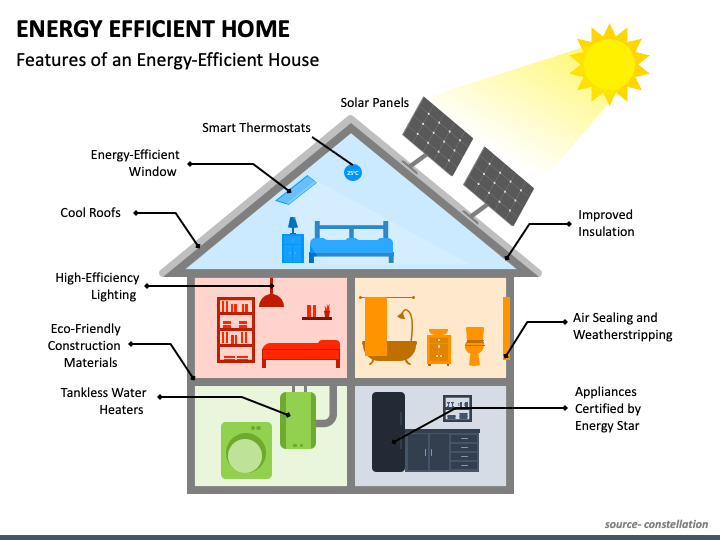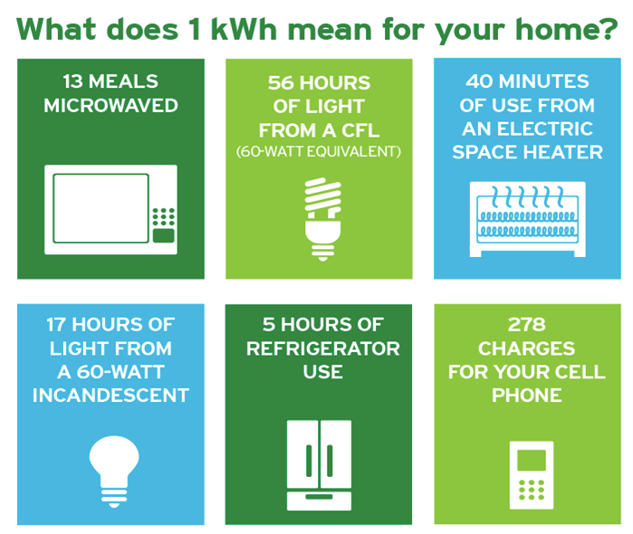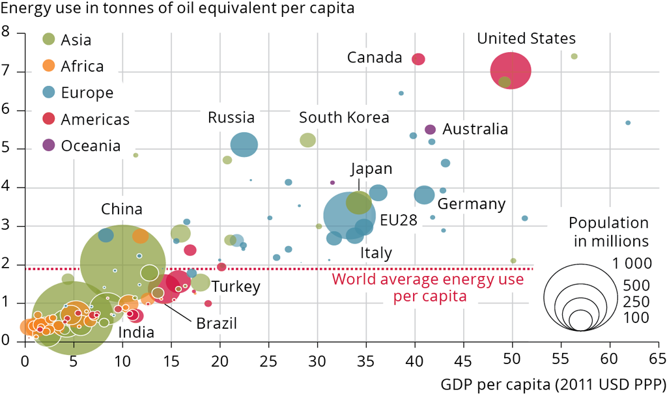Harsh Challenge - Avoid Standing By
History Of Energy Use
Before the Industrial Revolution, humans' energy needs were modest. For heat, we relied on the Sun and burned biomass (wood, charcoal, straw, and dried dung). For terrestrial transportation, we exploited the muscle of aniamls. Water and wind drove the simple machines that ground our grain and pumped our water. The evolution of the steam engine continued over time, but it was the significant adaptations of Thomas Newcomen and James Watt in the mid 1700s that gave birth to the modern steam engine, launching a world of infinite possibility. Consuming coals, steam engines were used to powerlocomotives, factories, and farm implements. In 1880, coal powered a steam engine attached to the world's first electric generator. Thomas Edison's plant in New York City provided the first electric light to Wall Street financiers. In 1881, the first hydroelectric plant was installed in Appleton, Wisconsin. Fast-flowing rivers that had turned wheels to grind corn were producing electricity now. By the late 1800s, petroleum began to make a difference. Initially sold by hucksters as medicine, oil became a valuable commodity for lighting as the whale oil industry declined. By the turn of the century, oil, processed into gasoline, was firing internal combustion engines. Horseless carriages were rich men's toy until Henry Ford perfected the assembly-line method of mass production for Model T. Interestingly, electric vehicles were rich women's toy at the same time. While gas cars adopted electric starters, their superior range quickly drove the electric ones, which were cleaner and quieter, out of the market. With cheap automobile and the spread of electricity, our utilization of energy changed forever. Power plants became larger and larger, until we had massive coal plants and hydroelectric dams. Power lines extended hundreds of miles between cities, bringing electricity to rural areas during the Great Depression. Cheap automobile made suburbs possible, which in turn made cheap automobile necessary, feeding the cycle of suburban sprawl. Energy use grew quickly, doubling every 10 years. Click Here For Source
Today In Shortage
For the energy industry, 2022 will be remembered as the year of a global crisis. Russian invasion and subsequent Western sanctions heaped new pressures on oil and gas supplies already strained from the rapid economic rebound from the pandemic. Top energy companies left Russia hastily and wrote off tens of billions of dollars in assets. European countries scrambled to make sure they could keep the lights on and their residents from freezing to death. Natural gas prices hit multi-year highs and oil nearly $140 a barrel, not far from an all-time record, turbocharging a post-pandemic inflationary spiral that caused a cost-of-living crisis all over the world. Major economies struggled to find energy sources, using anything they could find to maintain the electricity supply. Governments pushed to accelerate the deployment of solar and wind while purchasing coal as well. Climate change targets went on the back burner. South Africa experienced its worst power cuts in history. Sri Lanka, short on foreign cash reserves, simply ran out of fuel. Click Here For Source

Tips For Energy Sustainability

- Heating: turn it down Lower your thermostat by just 1°C to save around 7% of your heating energy and cut an average bill by EUR 50-70 a year. Always set your thermostat as low as feels comfortable, and wear warm clothes indoors. Use a programmable thermostat to set the temperature to 15°C while you sleep and 10°C when the house is unoccupied. This cuts up to 10% a year off heating bills. The same idea applies in hot weather. Turn off air-conditioning when you are out. Set the overall temperature 1 °C warmer to cut bills by up to 10%. And only cool the room you are in.
- Boiler: adjust the settings Default boiler settings are often higher than you need. Lower the hot water temperature to save 8% of your heating energy and cut EUR 100 off an average bill. You may have to have the plumber come once if you have a complex modern combi boiler and cannot figure out the manual. Make sure you follow local recommendations or consult your boiler manual. Swap a bath for a shower to spend less energy heating water. And if you already use a shower, take a shorter one. Hot water tanks and pipes should be insulated to stop heat escaping.
- Warm air: seal it in Close windows and doors, insulate pipes and draught-proof around windows, chimneys and other gaps to keep the warm air inside. Unless your home is very new, you will lose heat through draughty doors and windows, gaps in the floor, or up the chimney. Draught-proof these gaps with sealant or weather stripping to save up to EUR 100 a year. Install tight-fitting curtains or shades on windows to retain even more heat. Close fireplace and chimney openings (unless a fire is burning) to stop warm air escaping straight up the chimney.
- Lightbulbs: swap them out Replace old lightbulbs with new LED ones, and only keep on the lights you need. LED bulbs are more efficient than incandescent and halogen lights. They burn out less frequently, and save around EUR 10 a year per bulb. Check the energy label when buying bulbs, and aim for A (the most efficient) rather than G (the least efficient). The simplest way to save energy is to turn lights off when you leave.
- Grab a bike Walking or cycling are great alternatives to driving for short journeys, and they help save money, cut emissions and reduce congestion. Share your ride with neighbours, friends and colleagues to save energy and money. You will also see big savings and health benefits if you travel by bike. Many governments also offer incentives for electric bicycles.
- Use public transport For longer distances, public transport still reduces energy use, congestion and air pollution. If you are going on a longer trip, consider leaving your car at home and taking the train. Buy a season ticket to save money over time. Your workplace or local government might also offer incentives for travel passes. Plan your trip in advance to save on tickets and find the best route.
- Be a smarter driver Optimise your driving style to reduce fuel consumption: drive smoothly and at lower speeds on motorways, close windows at high speeds and make sure your tires are properly inflated. Try to take routes that avoid heavy traffic and turn off the engine when you are not moving. Drive 10 km/h slower on expressways to cut your fuel bill by around EUR 60 per year. Driving steadily between 50-90 km/h can also save fuel. When driving faster than 80 km/h, it is more efficient to use A/C, rather than opening your windows. Click Here For Source

1 Kilowatt Hour is equal to 3600000 Joules. This picture may let you realize that numbers on your monthly utility bill come with a huge bundle of tasks.

You can see that, while Louisiana holds the lowest average price, Hawaii holds the highest. The second lowest average price in Washington State results from the largest coordinated hydroelectric system in the world.

United States is prominent in both GDP per capita and energy use per capita. Given the population size, China is the largest user of energy.